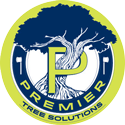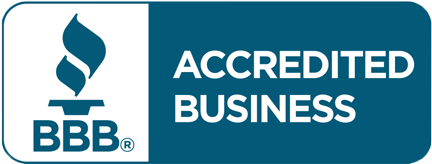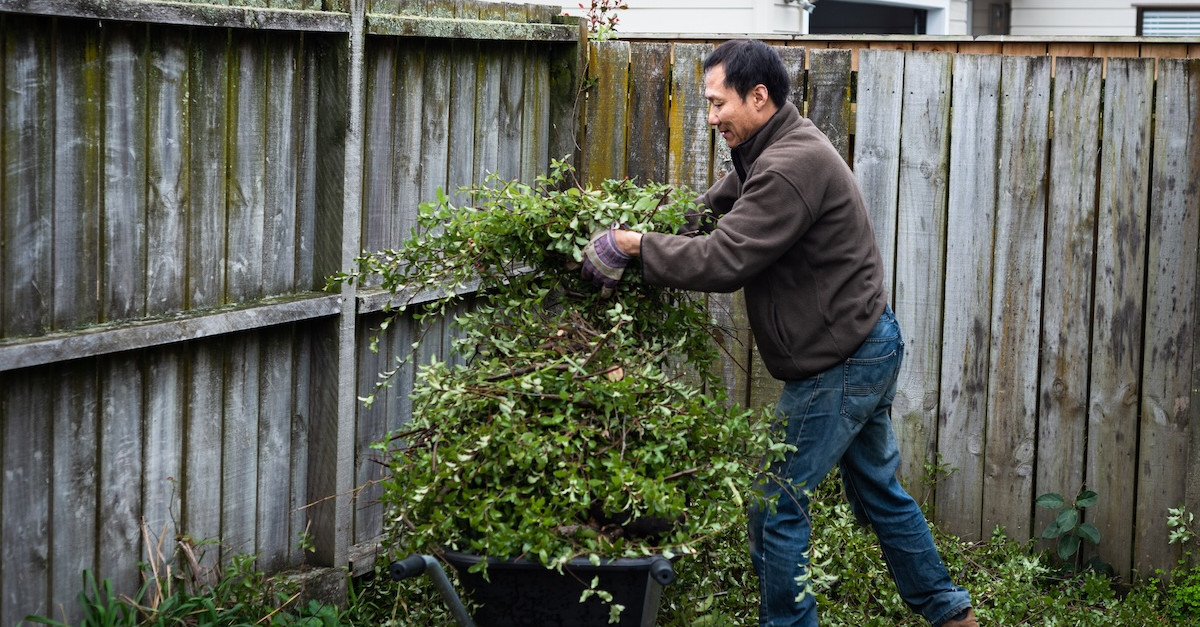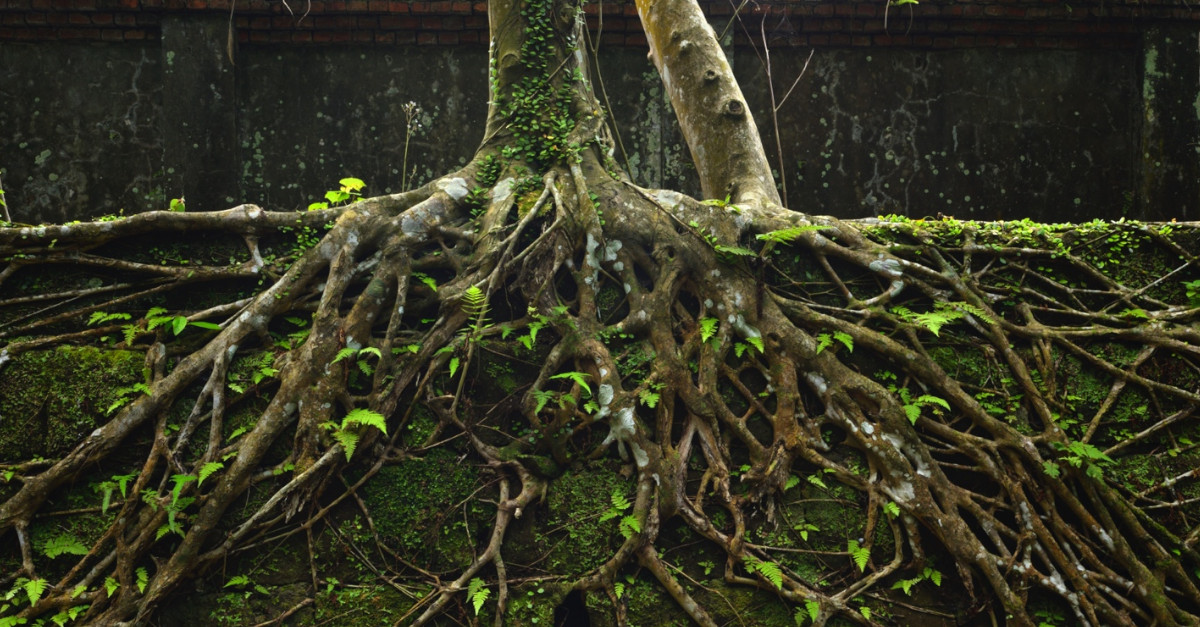How Trees Protect Wildlife
Aside from providing shade and greenery on warm days, trees are constantly busy at work benefitting our ecosystem and environment, in part by converting carbon dioxide to oxygen, and removing pollutants from the air we all breathe.
But trees aren’t only beneficial to humans — they’re also vitally important to wildlife. No matter their place in the ecosystem, there is a multitude of species that depend on trees for survival. Here we’ll get to the root of why, and explain how.
Trees Keep Animals Cool
There are many examples of how people enjoy and appreciate a tree’s cooling shade. But animals also have to use trees to stay cool, particularly as the temperatures in their environment rise.
Combined in a forest environment, trees’ leaves and branches create an insulating canopy and protect the ground below from excessive heat by absorbing and reflecting solar radiation. This keeps animals safe from extreme hot or cold temperatures. Koalas (and possibly other tree-dwelling animals) also directly use trees to keep their body temperatures lower.
Trees may also be a means by which some species can better adapt to the increasing temperatures of climate change. According to a 2018 study published in Frontiers in Ecology and the Environment, mountainous forests may allow tree-climbing animals “to bypass temperature constraints imposed by geography by virtue of where they live, which could lead to broader distributions and greater resilience to climatic change and variability as compared with ground-dwelling species.”
Wildlife’s Bountiful Buffet
As humans, we depend on a wide variety of food from trees like apples, oranges, bananas, coconuts, avocados, and pears. Birds, squirrels, deer, and many other wildlife also enjoy the plentiful nuts, fruits, and berries provided by trees. But trees provide other kinds of food for wildlife that we might not even consider, including twigs, leaves, and even bark!
Even after a tree’s lifetime, they continue to be an important part of the food chain. Decaying logs provide food for decomposers, such as worms, snails, millipedes and fungi who, in turn, provide food for larger animals like birds. The process of decomposition also provides essential nutrients to the soil, which fosters growth for more trees — and more food for wildlife.
Home Sweet Home
Many mammals, including spider monkeys, flying lemurs, squirrels, sloths, orangutans, and raccoons are lifelong tree-dwellers or depend on trees for shelter. Several birds also build their nests high up to stay safe from predators, protect their unhatched eggs, and take care of their offspring before they are ready to fly. Cavity nesters, such as woodpeckers and bluebirds like to form nests in holes that they find or make inside trees themselves — even those that have fallen or are dead. Trees are also sources of food and shelter for several insects, reptiles, and amphibians — including and especially Georgia’s state amphibian: the green tree frog.
The caring relationship between wildlife and trees goes both ways, however. As trees provide animals with food and shelter, wildlife also helps trees survive by spreading seeds, pollinating flowers, and keeping tree-destroying pests in check!
You can help your own trees thrive with Premier Tree Solutions. Honor all that your tree does for the environment and wildlife by calling 404.252.6448 or reaching out to us for quality care and a free assessment.







